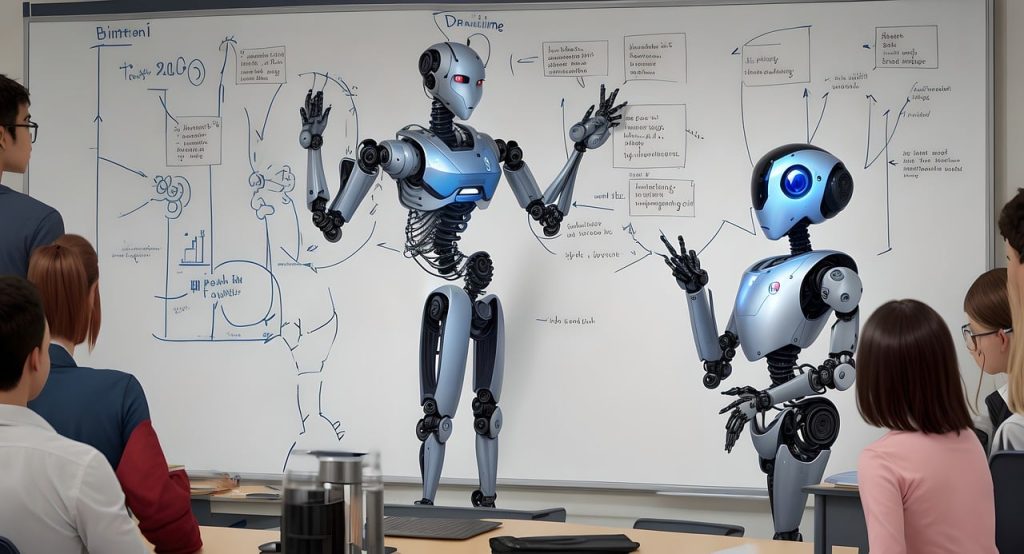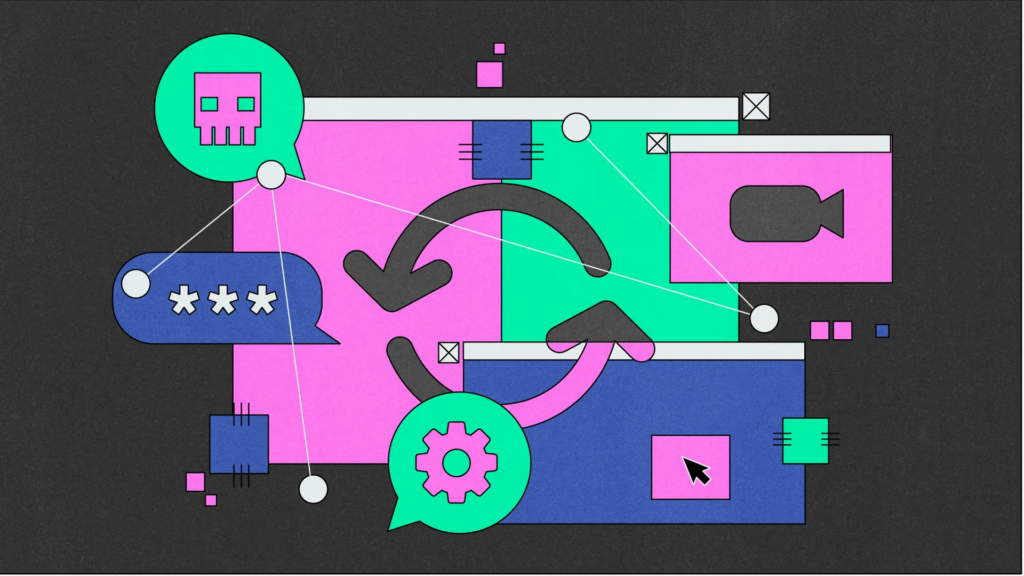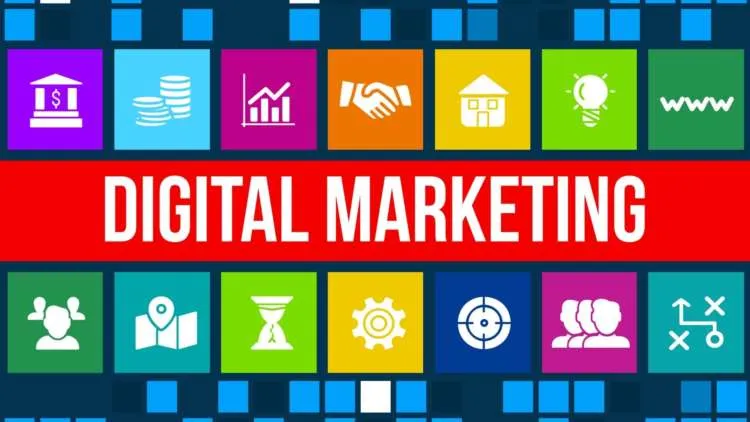In recent years, the integration of artificial intelligence in education has been a game-changer, revolutionizing the way students learn and educators teach. AI-powered technologies are reshaping classrooms, making education more personalized, efficient, and accessible. In this SEO-optimized article, we will explore the various ways AI is transforming education and its potential benefits.

- Personalized Learning
One of the most significant advantages of AI in education is its ability to deliver personalized learning experiences. Traditional one-size-fits-all teaching methods often struggle to meet the diverse needs of students. AI, however, can analyze individual learning styles, strengths, and weaknesses to create customized learning pathways. This not only improves student engagement but also enhances their understanding of complex topics.
- Intelligent Tutoring Systems
AI-powered intelligent tutoring systems (ITS) provide students with real-time, individualized assistance. These systems use algorithms to identify where students are struggling and offer targeted support and resources. As a result, students receive immediate feedback and can progress at their own pace, ultimately improving their learning outcomes.
- Automating Administrative Tasks
Educators often spend a significant amount of time on administrative tasks such as grading assignments and managing schedules. AI can automate these time-consuming activities, allowing teachers to focus more on delivering quality instruction and building relationships with their students. This efficiency not only benefits teachers but also contributes to a better educational experience.
- Adaptive Assessment and Testing
Traditional assessments and exams may not accurately measure a student’s true abilities. AI-driven assessment tools adapt to students’ performance, providing questions that are tailored to their skill level. This adaptive approach ensures that students are neither overwhelmed nor under-challenged, resulting in more accurate evaluations of their knowledge.
- Enhancing Accessibility
AI can break down barriers to education by providing support to students with disabilities. Text-to-speech and speech-to-text technologies, for instance, make content more accessible to individuals with visual or hearing impairments. Furthermore, AI can assist in language translation, helping non-native speakers access educational materials in their preferred language.
- Predictive Analytics
Educational institutions can use AI-driven predictive analytics to identify students who may be at risk of falling behind or dropping out. By analyzing various data points such as attendance, grades, and engagement, AI can alert educators to intervene early and provide the necessary support to struggling students.
- Lifelong Learning
AI extends beyond traditional K-12 and higher education settings. It plays a pivotal role in facilitating lifelong learning by offering online courses, self-paced tutorials, and personalized learning resources. Individuals can acquire new skills and knowledge throughout their lives, contributing to personal and professional development.
Conclusion
Artificial intelligence is not merely a buzzword in education; it is a transformative force that is reshaping the landscape of learning. From personalized instruction to administrative efficiency and accessibility, AI brings a multitude of benefits to educators and learners alike. As technology continues to advance, the integration of AI in education promises to make learning more adaptive, engaging, and effective. Embracing these innovations is essential for educators and institutions striving to prepare students for the challenges of the future.
Incorporating AI into your educational practices can significantly enhance the learning experience. Whether you are a teacher looking to optimize your teaching methods or an institution seeking to stay at the forefront of educational technology, embracing AI in education can lead to remarkable improvements in student outcomes and overall educational quality.
Read More : AI Market Trends and Projections for 2025: Unveiling Future Possibilities
In the rapidly evolving landscape of education, one constant remains: the quest for better ways to teach and learn. In recent years, this pursuit has taken a remarkable turn with the integration of Artificial Intelligence (AI) into education. AI has become a pivotal force, reshaping classrooms, and redefining the educational experience. In this article, we’ll delve deeper into the ways in which AI is revolutionizing education and the myriad benefits it brings to students and educators alike.
1. Personalized Learning: Tailoring Education to Individuals
One-size-fits-all education has long been the norm, but it’s not always the most effective approach. AI brings personalization to the forefront. By analyzing individual learning styles, preferences, strengths, and weaknesses, AI can craft customized learning pathways for each student. This dynamic adaptation of content not only boosts student engagement but also enhances their comprehension of complex subjects.
Imagine a scenario where a math-phobic student receives math assignments tailored to build their confidence step by step, while a math enthusiast is challenged with advanced problems. AI makes this differentiation possible, ensuring that no student is left behind or held back.
2. Intelligent Tutoring Systems: Your 24/7 Learning Companion
Traditional tutoring can be expensive and time-consuming. AI, on the other hand, offers intelligent tutoring systems that are available 24/7. These systems use algorithms to monitor students’ progress and performance in real-time. When a student encounters difficulties, the AI steps in, offering explanations, examples, and additional resources to help them overcome obstacles. This personalized guidance empowers students to learn at their own pace and on their own schedule, making education more flexible and effective.
3. Streamlining Administrative Tasks: Empowering Educators
Educators often find themselves bogged down by administrative tasks that consume precious teaching time. Grading assignments, managing attendance records, and scheduling can be time-intensive. AI automation streamlines these processes, allowing teachers to allocate more time and energy to delivering quality instruction.
Automated grading systems, for instance, can provide instant feedback to students, reducing the time spent on marking. Additionally, AI can assist in creating efficient schedules, ensuring that resources are optimally allocated.
4. Adaptive Assessment: Moving Beyond One-Size-Fits-All Testing
Standardized tests and exams can fall short in accurately assessing students’ knowledge and abilities. AI-powered assessment tools, however, adapt to students’ performance levels. This adaptability ensures that students receive questions that are relevant to their skill set. It also ensures that assessments are neither too easy nor too challenging, resulting in more precise evaluations of their learning.
5. Enhancing Accessibility: Bridging Gaps and Breaking Barriers
Education should be accessible to all, regardless of disabilities or language barriers. AI plays a crucial role in making this vision a reality. For students with visual or hearing impairments, AI offers tools like text-to-speech and speech-to-text technology. These tools make educational content more accessible by converting text into spoken words or vice versa.
AI also contributes to language accessibility by providing real-time translation services. This means that non-native English speakers, for instance, can access educational materials in their preferred language, leveling the playing field and ensuring that language doesn’t hinder learning.
6. Predictive Analytics: Early Intervention for Student Success
Educational institutions are increasingly turning to AI-driven predictive analytics. By analyzing data such as attendance, grades, and engagement, AI can identify students who may be at risk of falling behind or dropping out. Early intervention strategies can then be implemented to provide these students with the support they need to succeed. This proactive approach is transforming the way educational institutions support their students and improve retention rates.
7. Lifelong Learning: Education Beyond the Classroom
AI is not confined to traditional K-12 or higher education settings. It’s a powerful tool for facilitating lifelong learning. Online courses, self-paced tutorials, and personalized learning resources are all made possible by AI. Individuals can acquire new skills and knowledge throughout their lives, contributing to personal and professional development.
In conclusion, the integration of AI into education is not just a trend; it’s a fundamental shift that’s redefining the way we teach and learn. From personalized instruction and administrative efficiency to accessibility and predictive analytics, AI brings a myriad of benefits to both educators and learners. Embracing these innovations is essential for staying at the forefront of educational technology and preparing students for the challenges of the future.
As you explore the possibilities of AI in education, consider how these advancements can be harnessed to enhance the learning experience for your students or within your educational institution. The future of education is bright, and AI is at the forefront of this exciting journey, shaping the future of learning for generations to come.
Read More : Why is cloud security architecture important?
Get a free online courses from mygreatlearning Click Here





